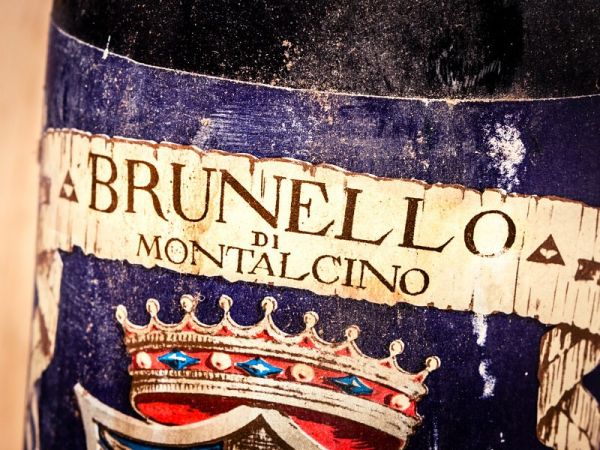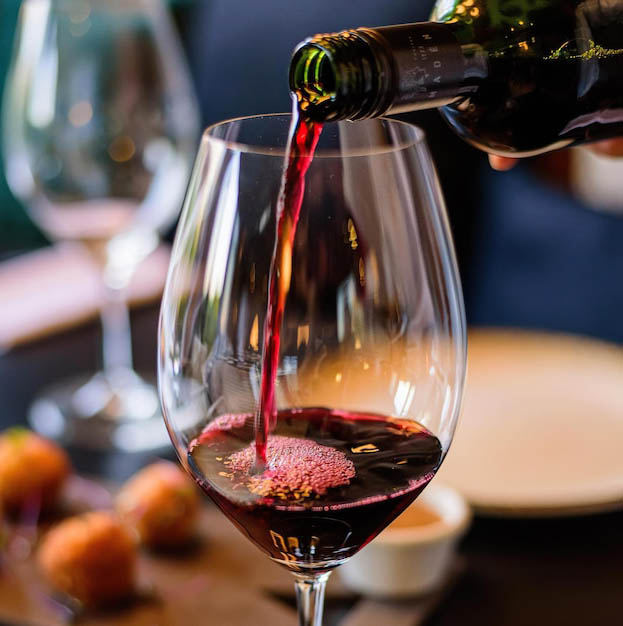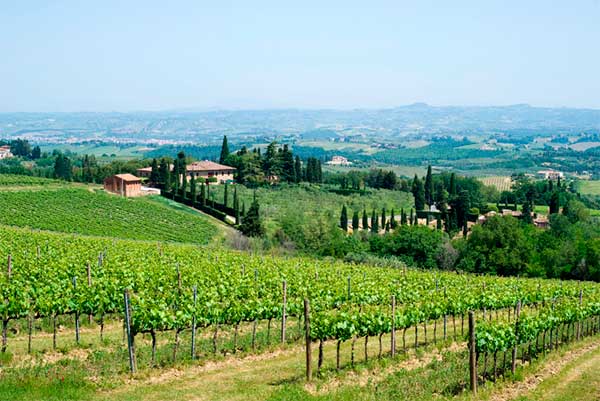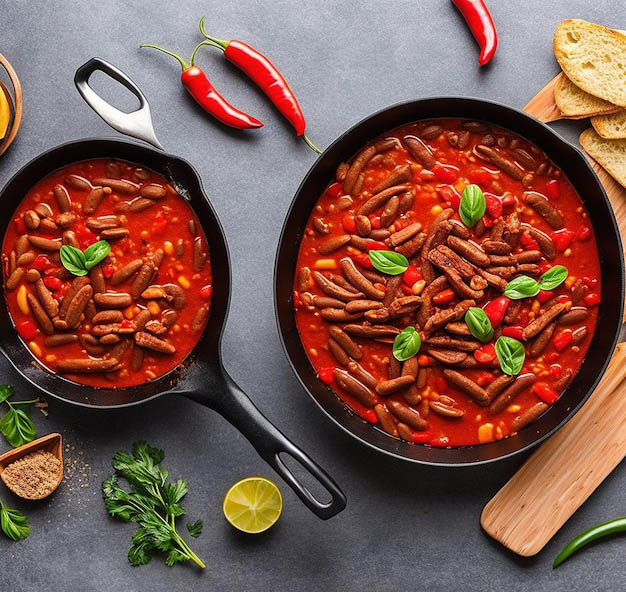Introduction
Brunello di Montalcino, a name that resonates with connoisseurs and casual wine lovers alike, stands as a towering figure in the world of Italian viticulture. Originating from the heart of Tuscany, this wine is not just a beverage but a cultural heritage, embodying centuries of tradition, passion, and the essence of the Italian landscape. With its deep roots in history and a reputation for excellence, Brunello di Montalcino has earned its place as a classic Tuscan wine. This article aims to explore the splendor of Brunello di Montalcino, from its prestigious designation as a Controlled and Guaranteed Denomination of Origin (DOCG) wine to the nuanced details of its production and the grape variety that defines its character. Through an updated lens, we will delve into why Brunello di Montalcino is created to be an Italian monument, the stringent regulations that safeguard its quality and uniqueness, and the art of pairing it with food to enhance both the wine and the meal.
Brunello di Montalcino – Created to be an Italian Monument

Brunello di Montalcino is not merely a wine; it’s an Italian monument in liquid form. Its creation was driven by a desire to showcase the pinnacle of Italian winemaking, leveraging the unique terroir of the Montalcino area in Tuscany. The wine’s journey began in the 19th century, with Clemente Santi isolating a particular clone of Sangiovese grapes that thrived in the local climate and soil. This meticulous selection process laid the foundation for a wine that would later be celebrated worldwide for its robust flavor profile and aging potential.
The region of Montalcino, a fortress town perched atop a hill, offers an ideal microclimate for the cultivation of the Sangiovese grape, known locally as Brunello. The combination of warm days and cool nights, coupled with the area’s varied soil composition, contributes to the development of grapes with deep flavors and complexity. The Brunello di Montalcino that emerges from this terroir is a testament to the harmony between nature and human craftsmanship, a wine designed to stand the test of time.
Brunello di Montalcino’s stature as an Italian monument is also reflected in its recognition and regulations. It was among the first wines to be awarded the DOCG status, underscoring its quality, authenticity, and the rigorous standards it meets from vineyard to bottle. This designation not only celebrates the wine’s historical significance but also its role in promoting Italian culture and excellence on the global stage.
The wine’s monumental status is further cemented by its aging process. Brunello di Montalcino must age for at least five years before release, with at least two years in oak barrels. This extended aging period allows the wine to develop a complex bouquet of aromas and flavors, ranging from ripe red fruits to earthy and woody notes, culminating in a harmonious balance that can only be achieved over time. The result is a wine that is not just consumed but experienced, offering a taste of Italian history, tradition, and the relentless pursuit of perfection.
As we delve deeper into the facets of Brunello di Montalcino’s DOCG status and the intricacies of its production, it becomes evident why this wine is revered as a cornerstone of Italian winemaking. Its creation, rooted in a deep understanding of the land and a commitment to quality, has rightfully earned Brunello di Montalcino a place among the world’s most esteemed wines.
The Controlled and Guaranteed Denomination of Origin (DOCG)
Brunello di Montalcino’s distinction as a Controlled and Guaranteed Denomination of Origin (DOCG) wine is a testament to its unmatched quality and the rigorous standards it adheres to. This section delves into what makes Brunello di Montalcino a DOCG worth its price, the details of its creation and production rules, and how it stands in relation to other DOCs from Montalcino.
Brunello di Montalcino – a DOCG Worth Its Price

The DOCG designation, Italy’s highest classification for wine quality, underscores the exceptional nature of Brunello di Montalcino. Wines bearing the DOCG label must meet strict criteria, including geographic origin, grape varieties, and aging requirements, ensuring each bottle’s authenticity and excellence. Brunello di Montalcino, with its DOCG status granted in 1980, not only meets but often exceeds these stringent standards, making it a sought-after wine for collectors and enthusiasts.
The price of Brunello di Montalcino reflects its quality, scarcity, and the meticulous care taken throughout its production process. From hand-harvesting grapes to the extended aging that enhances its complexity and longevity, every step contributes to its value. While the price may be higher compared to other wines, connoisseurs appreciate Brunello di Montalcino for its depth of flavor, aromatic complexity, and potential for aging, making it a worthwhile investment for special occasions or long-term cellaring.
Details of Its Creation and Production Rules

The creation of Brunello di Montalcino is governed by specific production rules that ensure its high quality. The wine must be made exclusively from Sangiovese grapes, locally referred to as Brunello, harvested within the Montalcino region. This singular focus on one grape variety highlights the versatility and potential of Sangiovese to produce a rich, full-bodied wine with a broad palette of flavors and aromas.
Aging regulations are a critical component of Brunello di Montalcino’s production rules. The wine must be aged for a minimum of five years after the year of harvest, with at least two years in oak barrels. This extended aging process is crucial for the development of the wine’s complex flavor profile, including notes of dark fruit, tobacco, leather, and spices. Additionally, Brunello di Montalcino cannot be released to the market until the fifth year after the harvest, ensuring that consumers receive a wine that has reached a level of maturity and refinement.
Other DOCs from Montalcino
Montalcino is not only home to the famed Brunello but also to other Designations of Controlled Origin (DOCs) that contribute to the region’s viticultural diversity. Rosso di Montalcino, for example, is often seen as a younger sibling to Brunello, made from the same Sangiovese grapes but with less stringent aging requirements. This allows Rosso di Montalcino to be more approachable and faster to market, offering a taste of the region’s winemaking prowess at a more accessible price point and earlier enjoyment.
Another notable DOC is the Moscadello di Montalcino, a sweet wine made from Moscato grapes, showcasing the versatility of Montalcino’s terroir and the winemaking tradition’s depth. Additionally, Sant’Antimo DOC allows for a broader variety of grape types, including international varieties, providing winemakers with a canvas for innovation while respecting the Tuscan winemaking heritage.
Together, these DOCs complement Brunello di Montalcino, offering a spectrum of tastes and experiences that speak to Montalcino’s rich winemaking tradition and the exceptional quality of its terroir. Whether through the noble Brunello or its distinguished counterparts, Montalcino continues to cement its status as a beacon of Italian viticulture.
The Brunello di Montalcino Grape and What Should I Pair It With

The essence of Brunello di Montalcino’s acclaim not only lies in its prestigious DOCG status and the meticulous regulations governing its production but also in the unique characteristics of the Brunello grape (a clone of Sangiovese) and the art of pairing this exquisite wine with food. Understanding the optimal pairings can elevate the Brunello tasting experience, enhancing both the wine and the accompanying dishes.
Pairing Brunello di Montalcino
Brunello di Montalcino, with its robust structure, rich flavors, and complex aroma profile, pairs beautifully with dishes that match its intensity. The wine’s inherent acidity and tannin structure make it an ideal companion to rich and savory dishes, enhancing both the food and the wine when matched correctly.
- Meat Dishes: Brunello’s boldness complements red meat exceptionally well. Think of pairing it with grilled steak, slow-cooked lamb, or hearty stews. The wine’s tannins bind to the proteins and fats in the meat, softening the tannins and elevating the flavors of both the dish and the wine.
- Pasta and Risottos: Robust pasta dishes, such as those with meat sauces like Bolognese, or risottos enriched with mushrooms or truffles, can stand up to Brunello’s intensity. The savory flavors of these dishes, combined with the wine’s complexity, create a harmonious dining experience.
- Aged Cheeses: The depth and complexity of Brunello di Montalcino also make it an excellent match for aged cheeses. Cheeses such as Parmigiano-Reggiano, Pecorino Toscano, or aged Gouda offer a balance of saltiness and richness that complements the wine’s structure and flavor profile.
What Doesn’t Pair

While Brunello di Montalcino is versatile, certain foods can clash with its profile. It’s best to avoid pairing this wine with dishes that are either too spicy or have a pronounced sweetness. The heat from spicy foods can amplify the alcohol perception in the wine, overshadowing its nuanced flavors. Similarly, sweet dishes can make Brunello appear more astringent and less balanced.
- Spicy Dishes: Foods with a high level of spice can overwhelm Brunello’s complex flavors, making it difficult to appreciate the wine’s subtlety.
- Sweet Dishes: Desserts or dishes with a sweet glaze can contrast too sharply with Brunello’s dryness and tannic structure, potentially resulting in an unbalanced taste experience.
In essence, the key to pairing Brunello di Montalcino lies in complementing its rich, full-bodied nature with dishes of similar richness and complexity. By avoiding flavors that clash with its profile, enthusiasts can fully appreciate the depth and elegance of this iconic Tuscan wine. Whether enjoyed with a sumptuous meal or savored on its own, Brunello di Montalcino remains a timeless testament to Italy’s winemaking heritage, offering a taste experience that transcends the ordinary.
